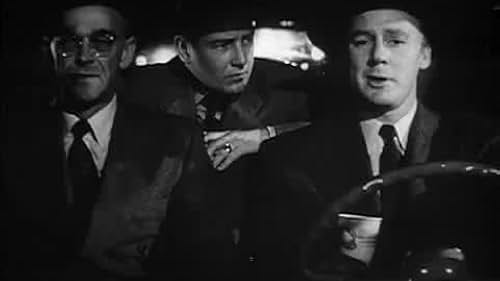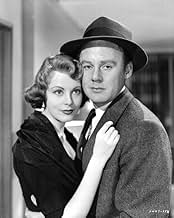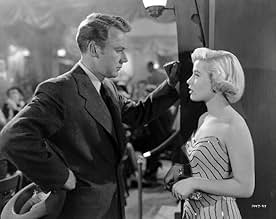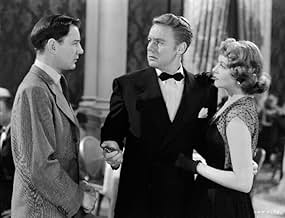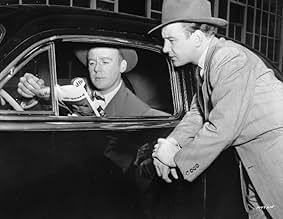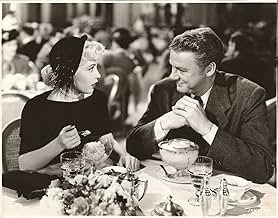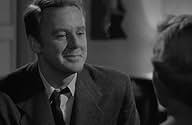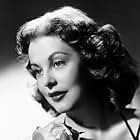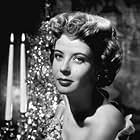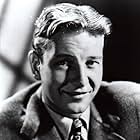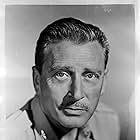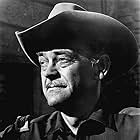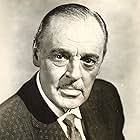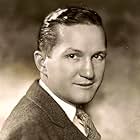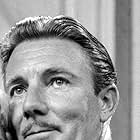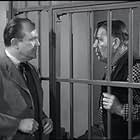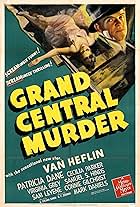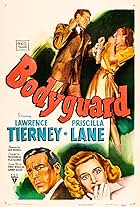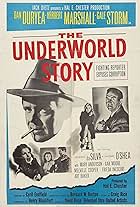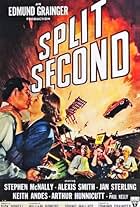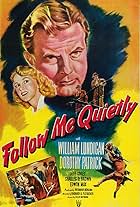I guess the lesson here is that you can take the crime drama out of MGM, but you can't take MGM out of the crime drama. With noirish location shots, the new Dore Schary regime changed the usual MGM look somewhat, yet the movie still boasts a string of stars and star power for which the studio was known. The trouble is that working Van Johnson, Arlene Dahl, Tom Drake, Gloria DeHaven, Donald Woods, and a string of "name" supporting players into the screenplay with sufficient screen time for each overstretches the results. Despite some effective moments (the hotel room fistfight, the fright screams from the burning car), the movie suffers from too much flab for overall effect. For example, the two rather lengthy scenes with Norrie Lorfield (Tom Helmore), the rival for Conovan's (Johnson) wife, are simply a needless distraction from the main plot, and work to dilute the overall effect. In fact, the entire marital subplot should have been dropped or at least minimized, but it seems that the studio was not satisfied with the kind of fast, efficient little crime drama that RKO, for one, routinely turned out.
I'm tempted to say that just as movie spectaculars and historical epics depend on big budgets for optimal effect, crime dramas and noirs depend on the tight disciplining constraints of small ones. That way, production values don't interfere with the story line. Here it appears that MGM's celebrated production values over-produced the number of feature players, which, in turn, multiplied the various subplots, or vice-versa. In either case, it's too bad the script didn't eliminate a few of these in favor of giving Norman Lloyd's truly memorable character, Sleeper, more screen time. He's the kind of unique character that could have transformed this otherwise forgettable exercise into a memorable one.

